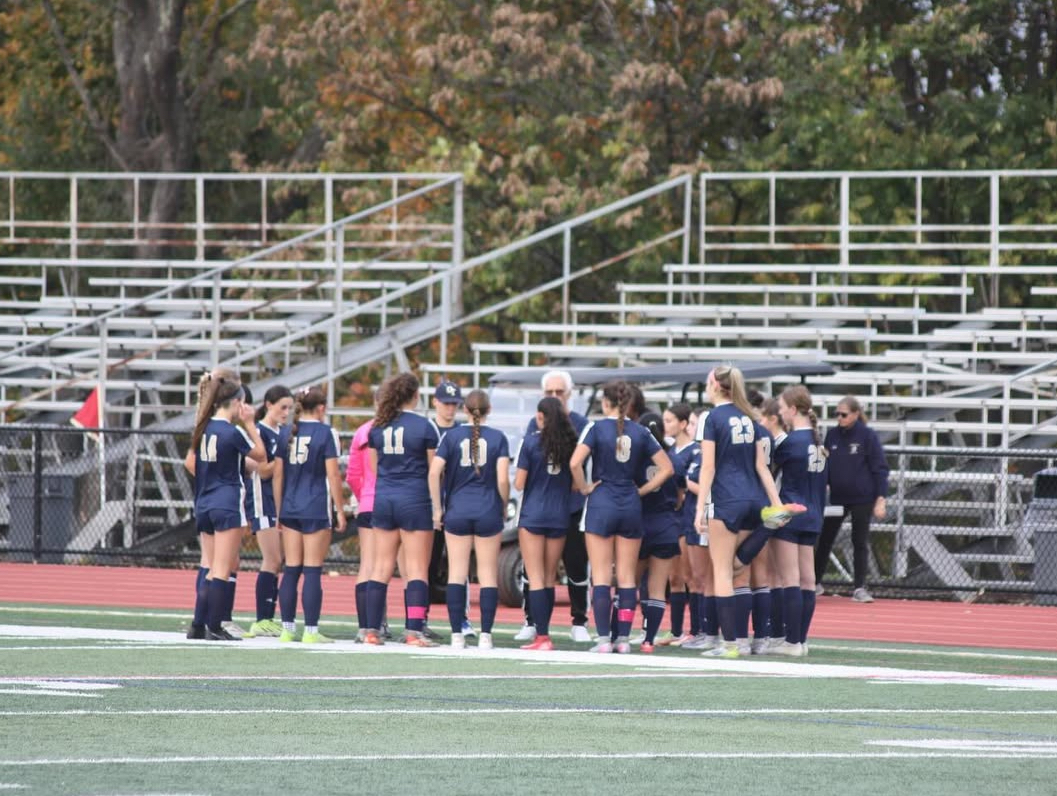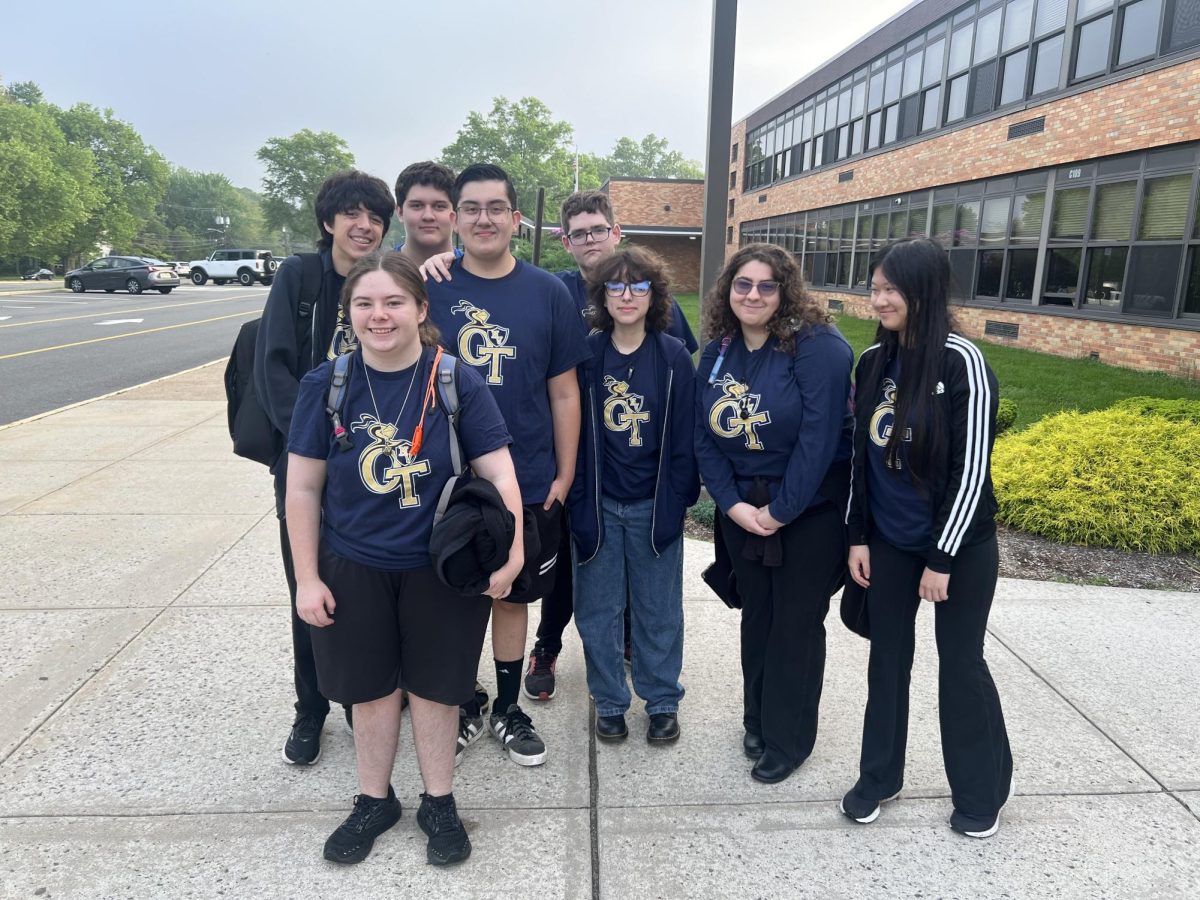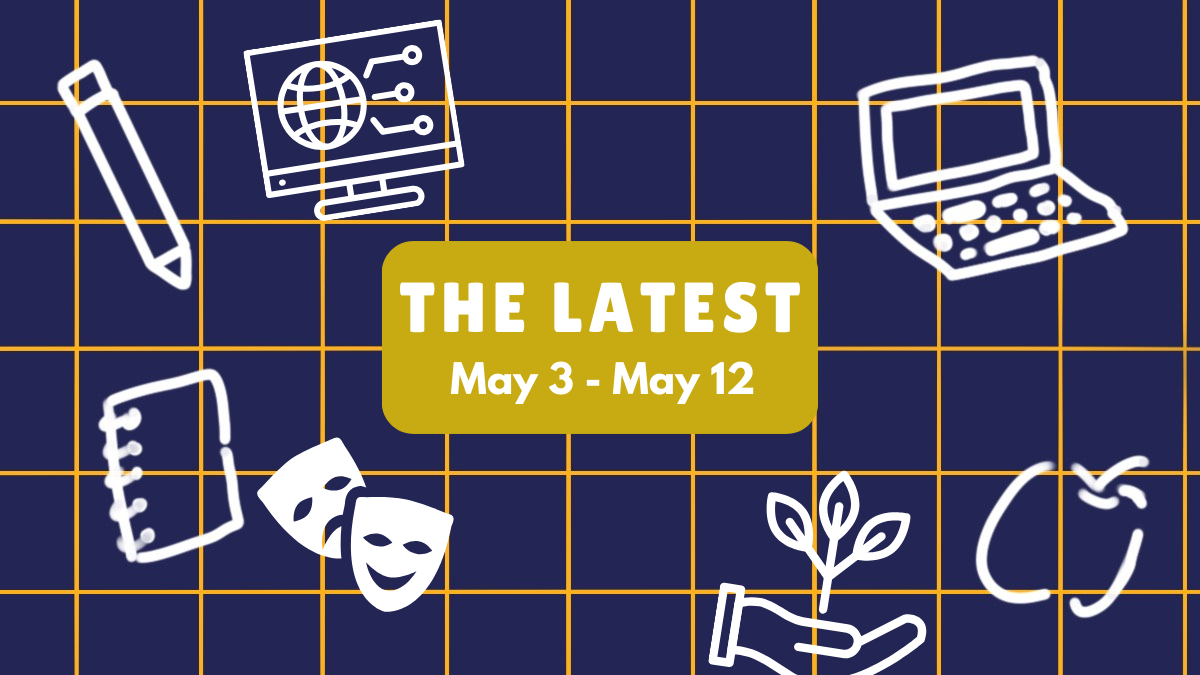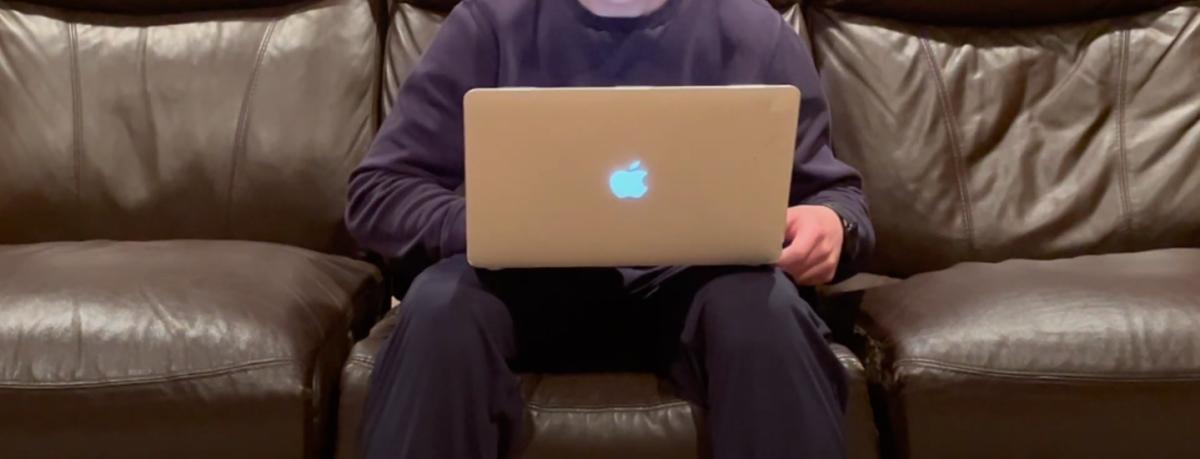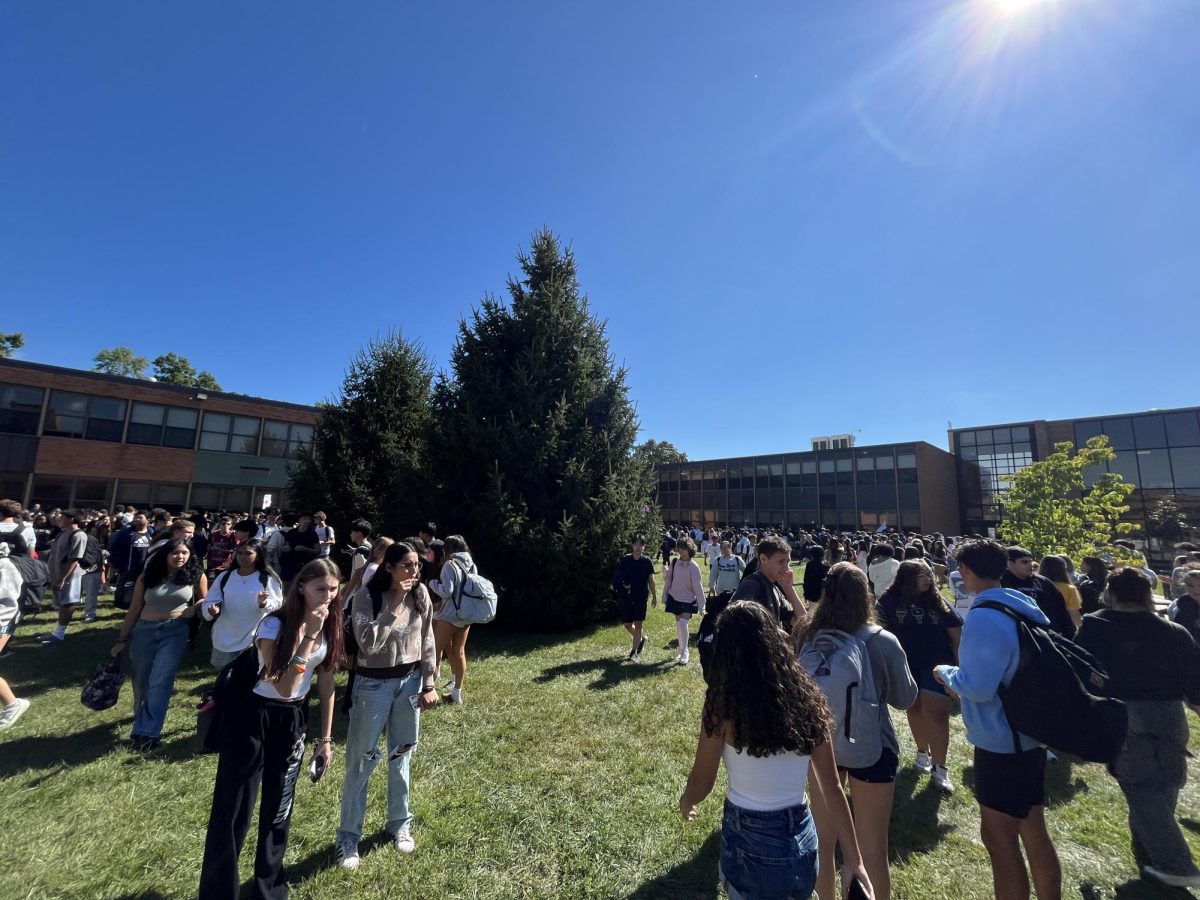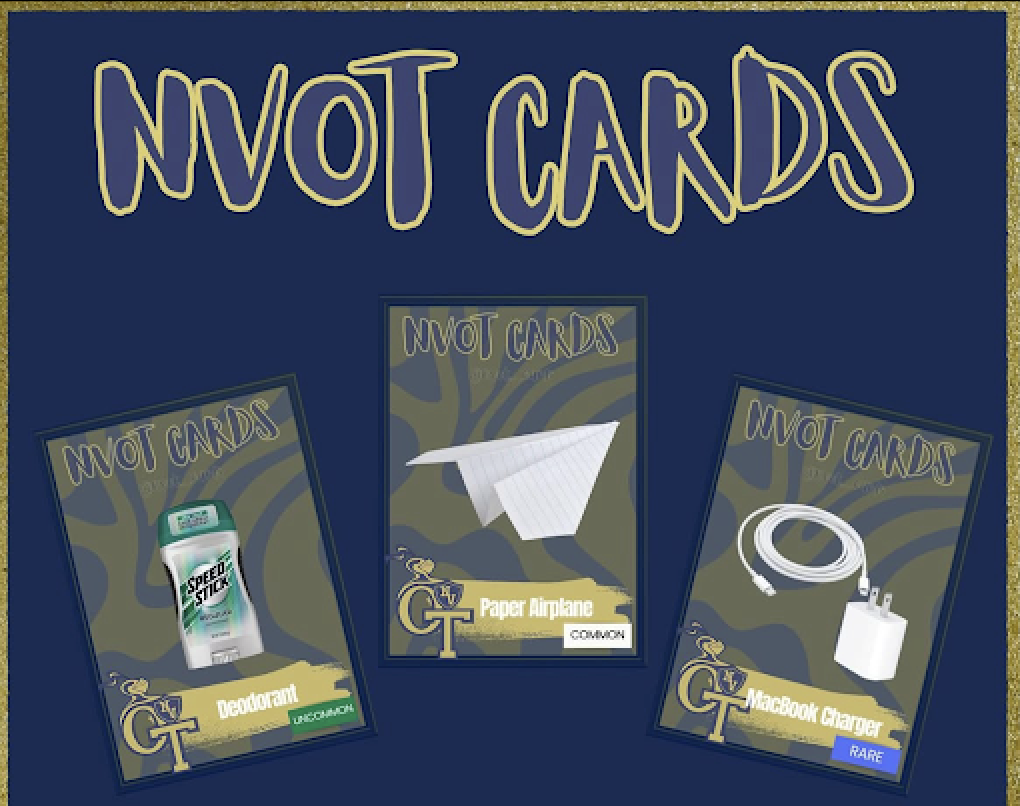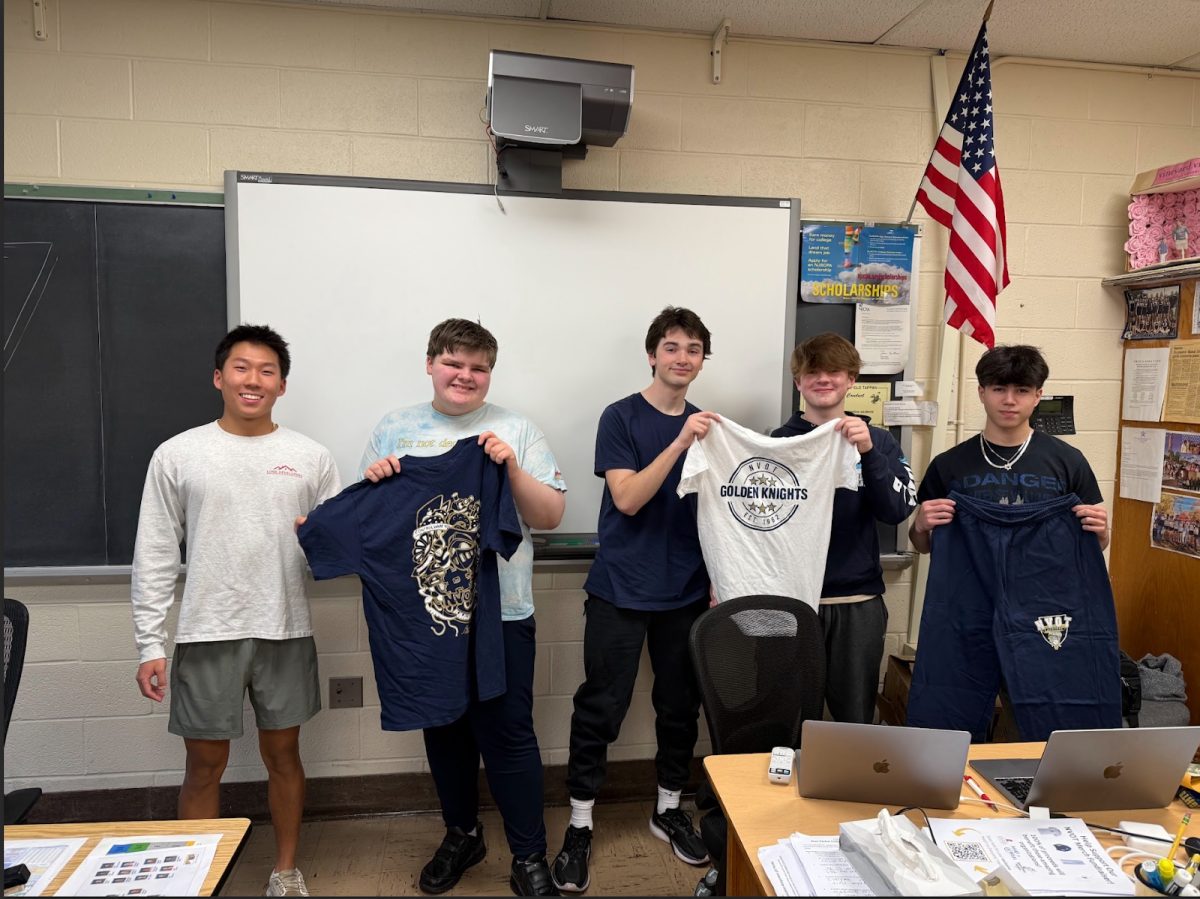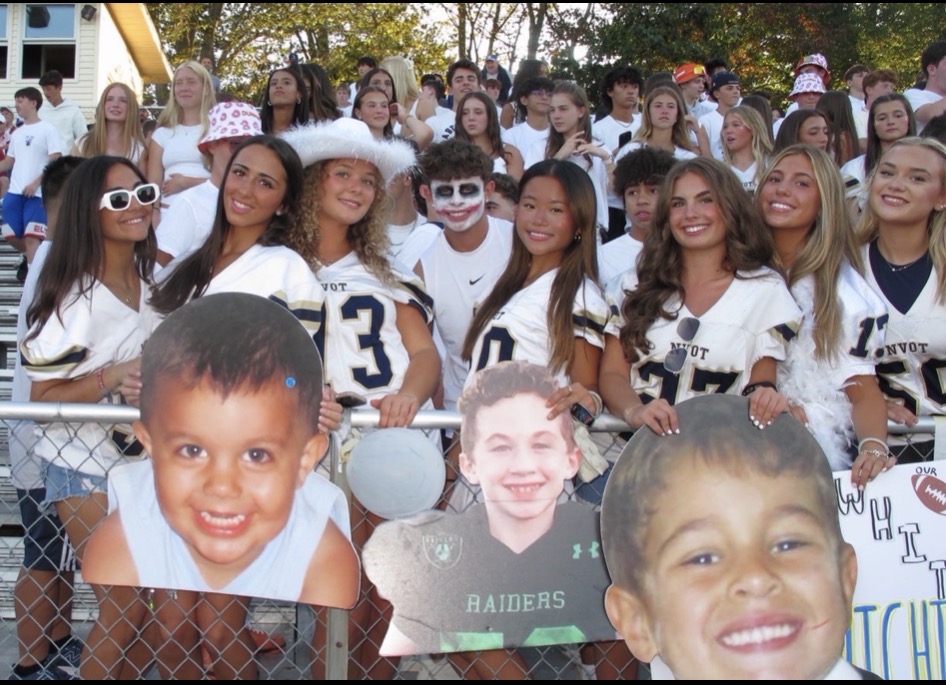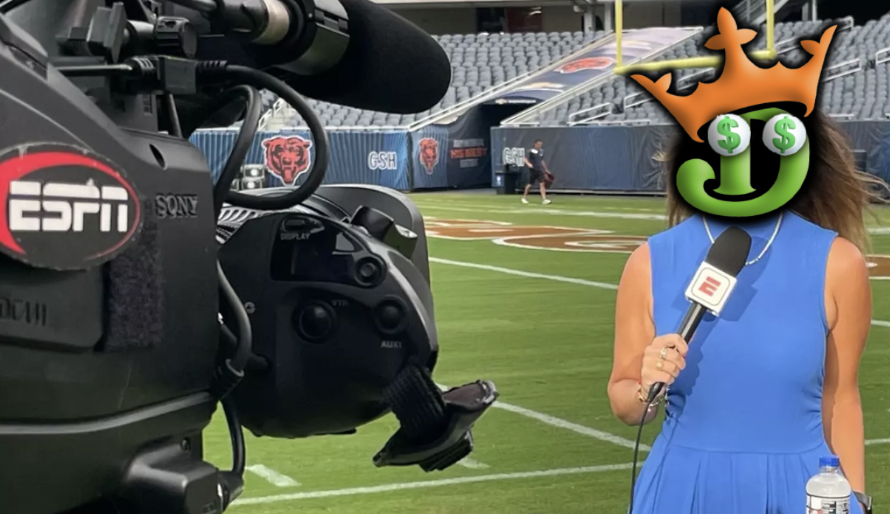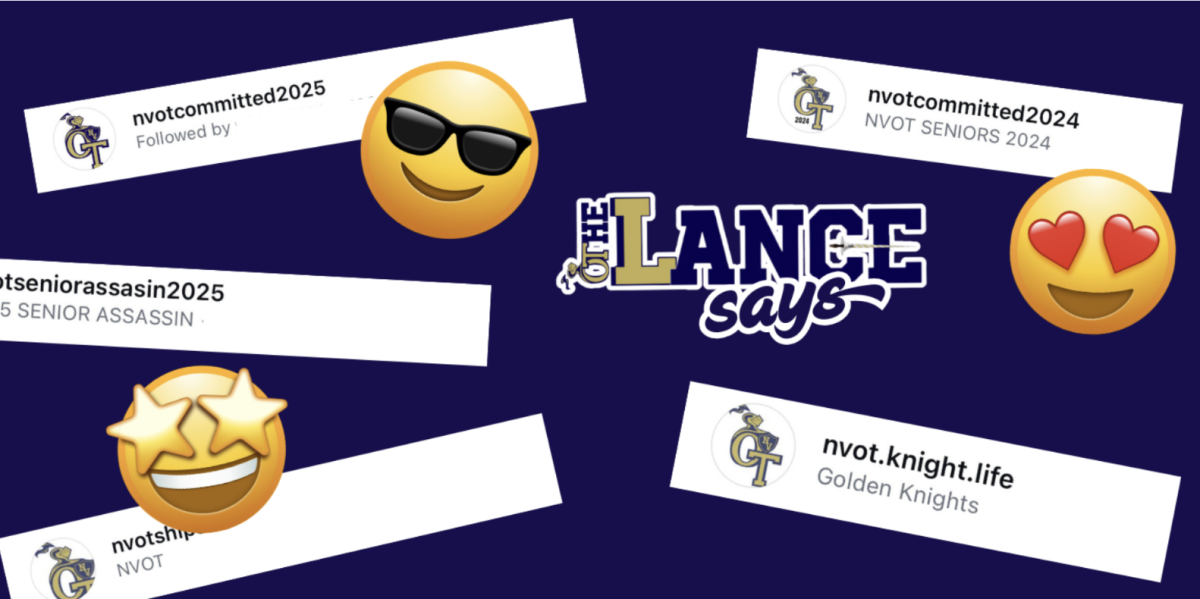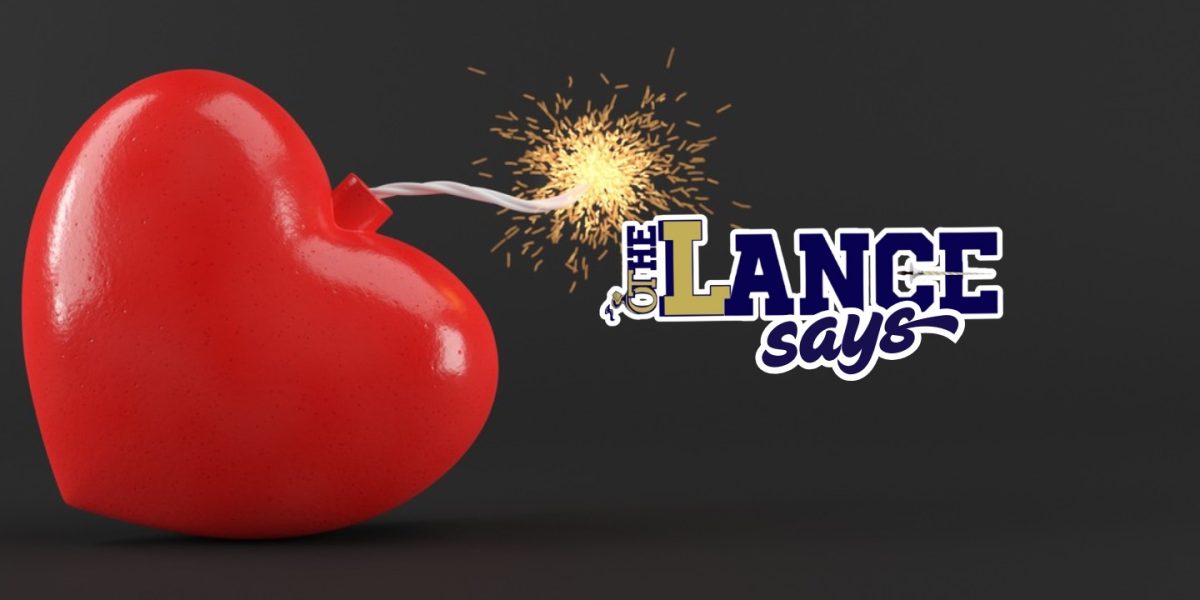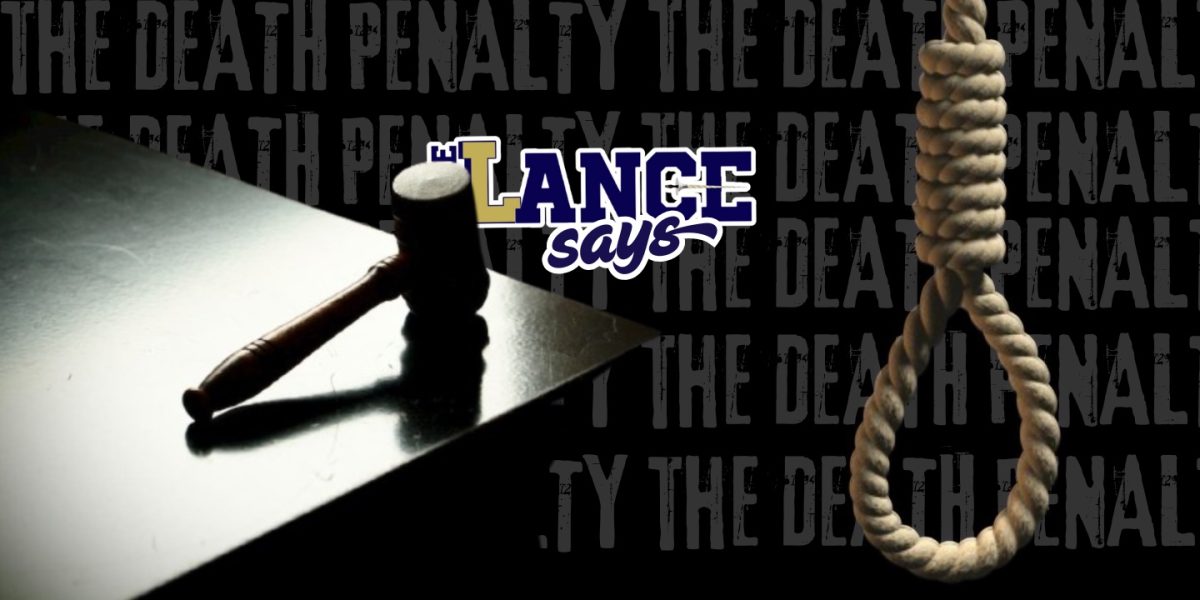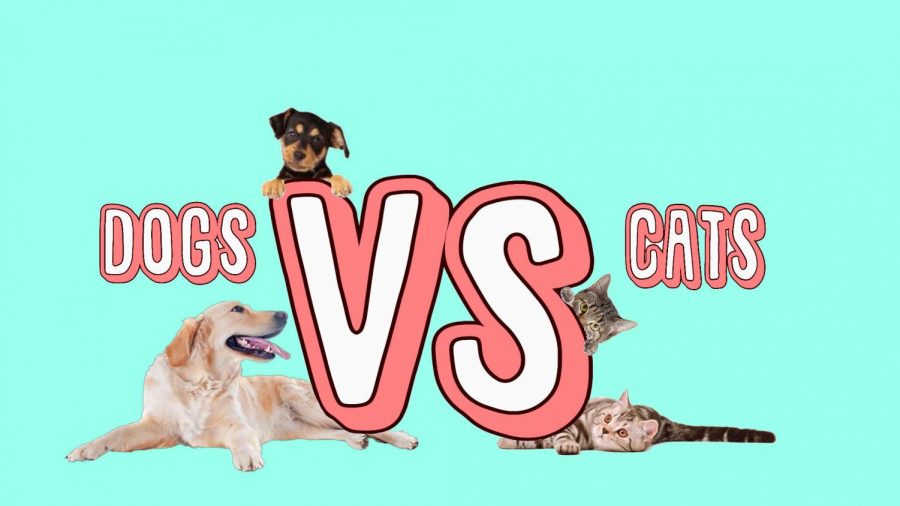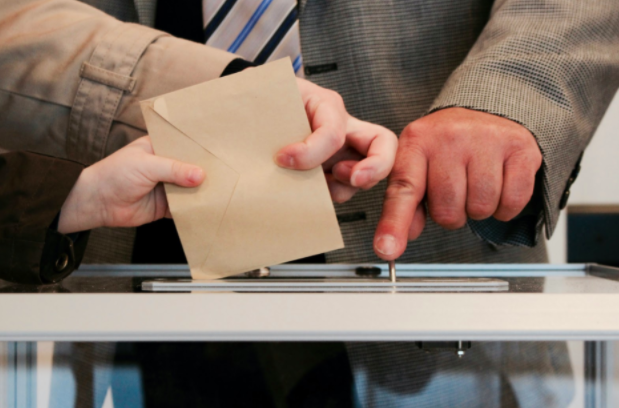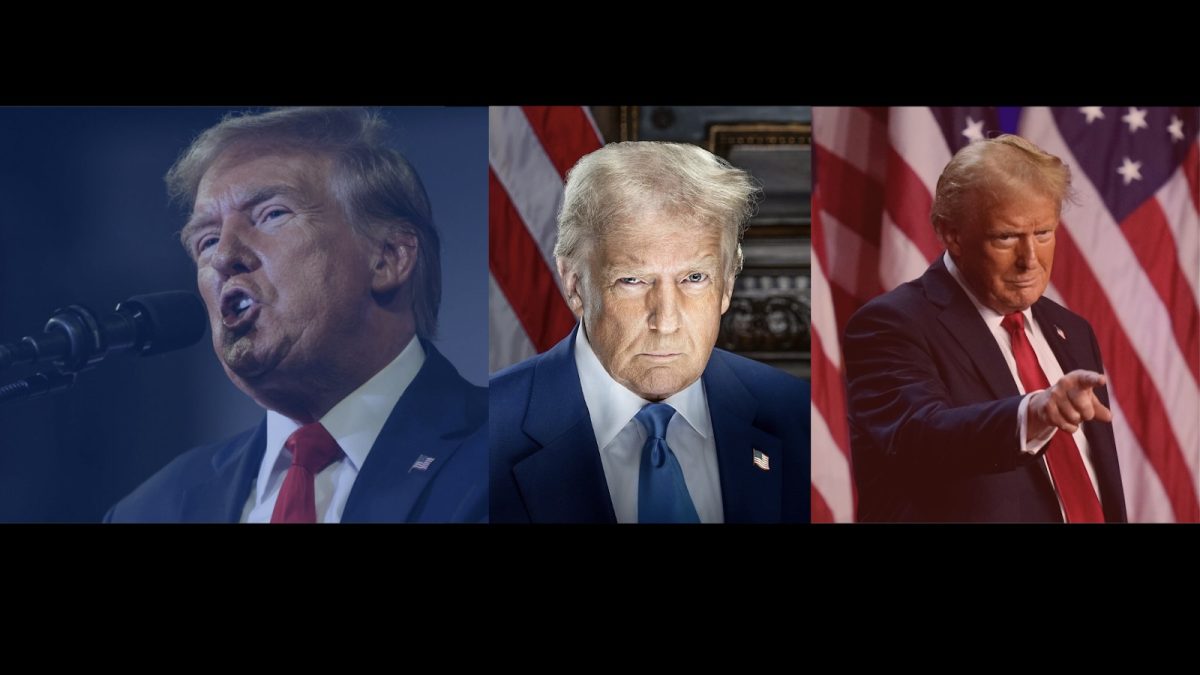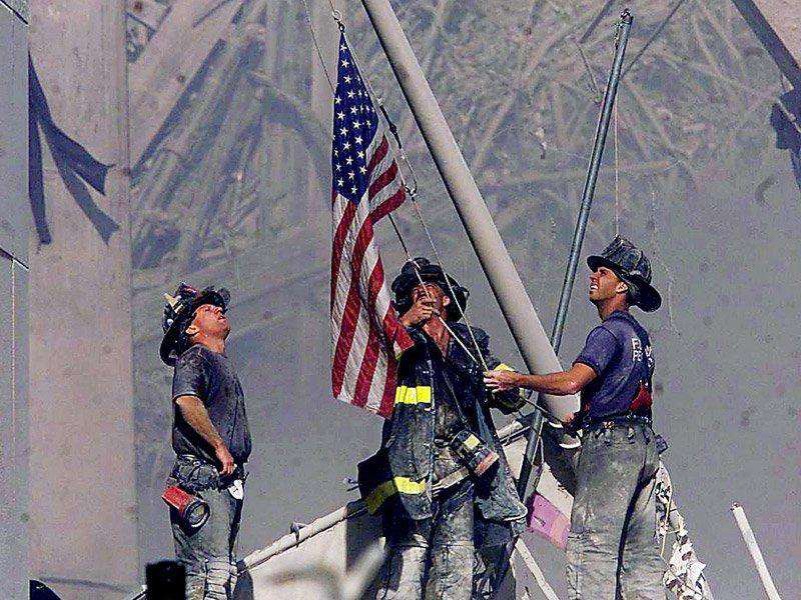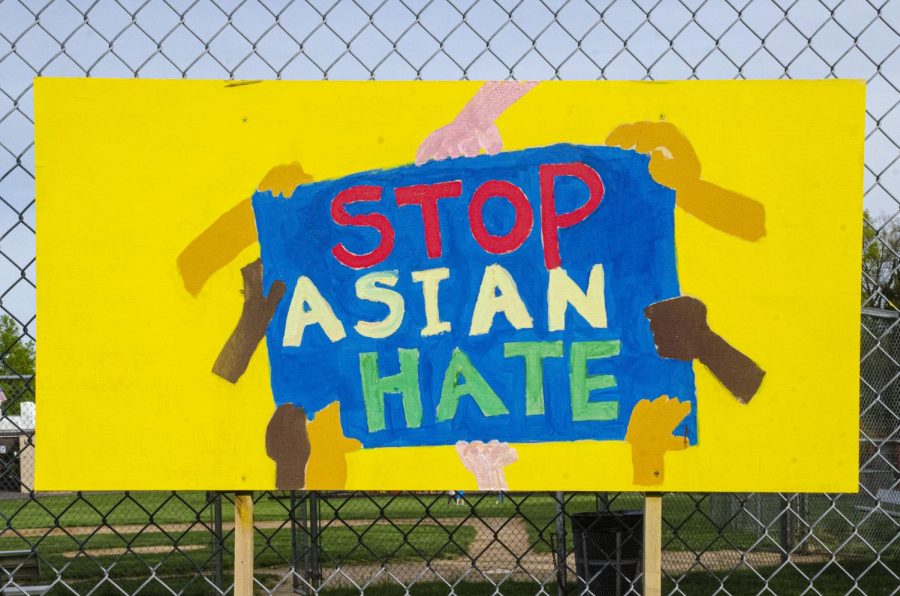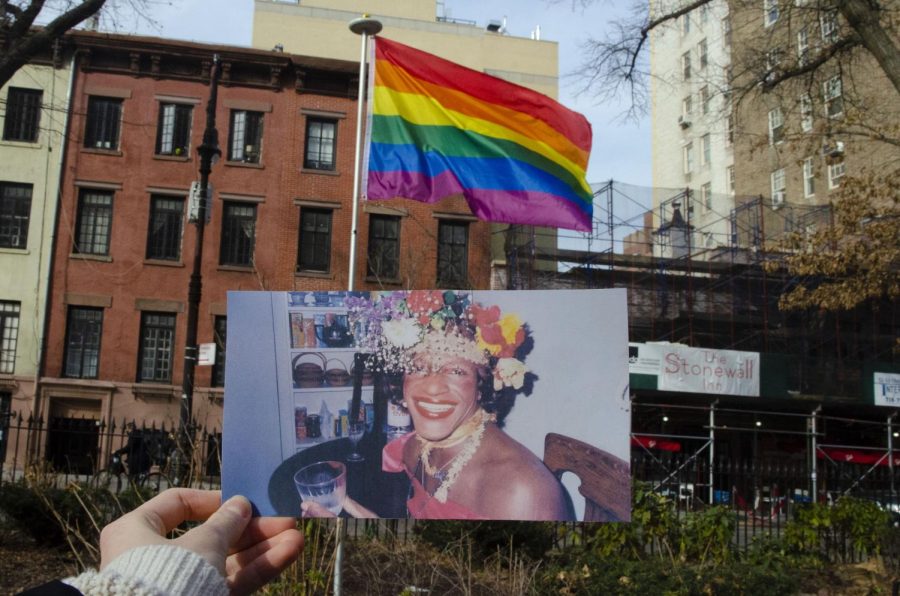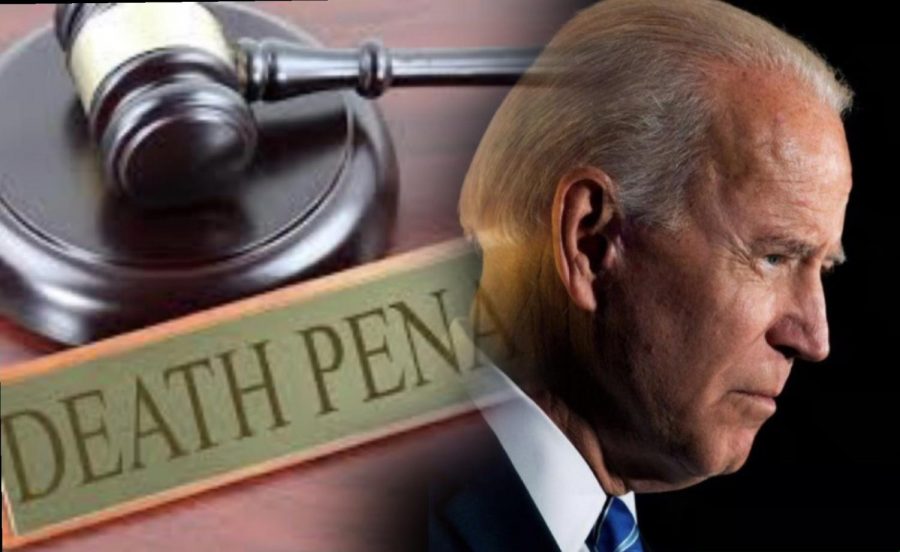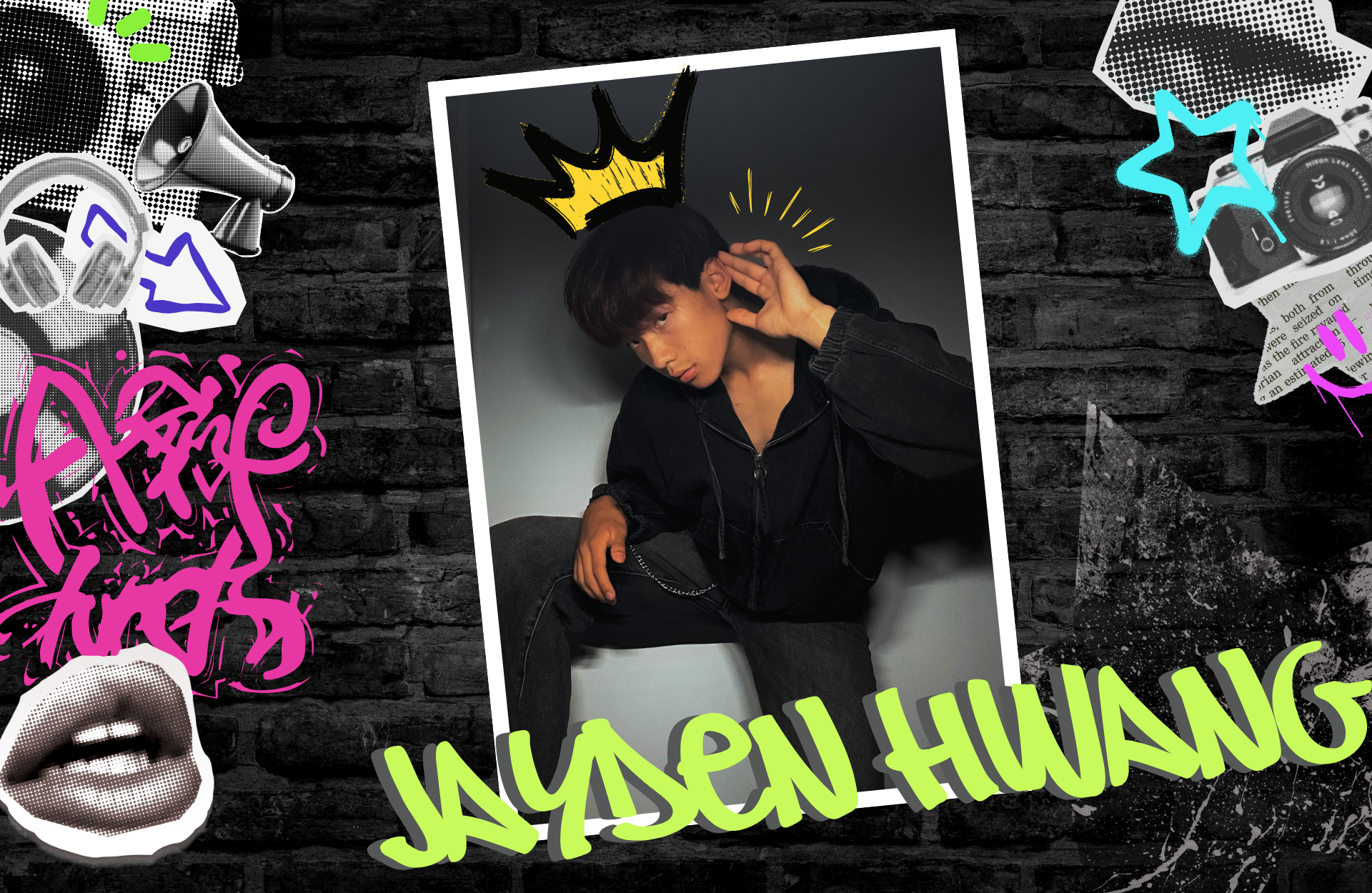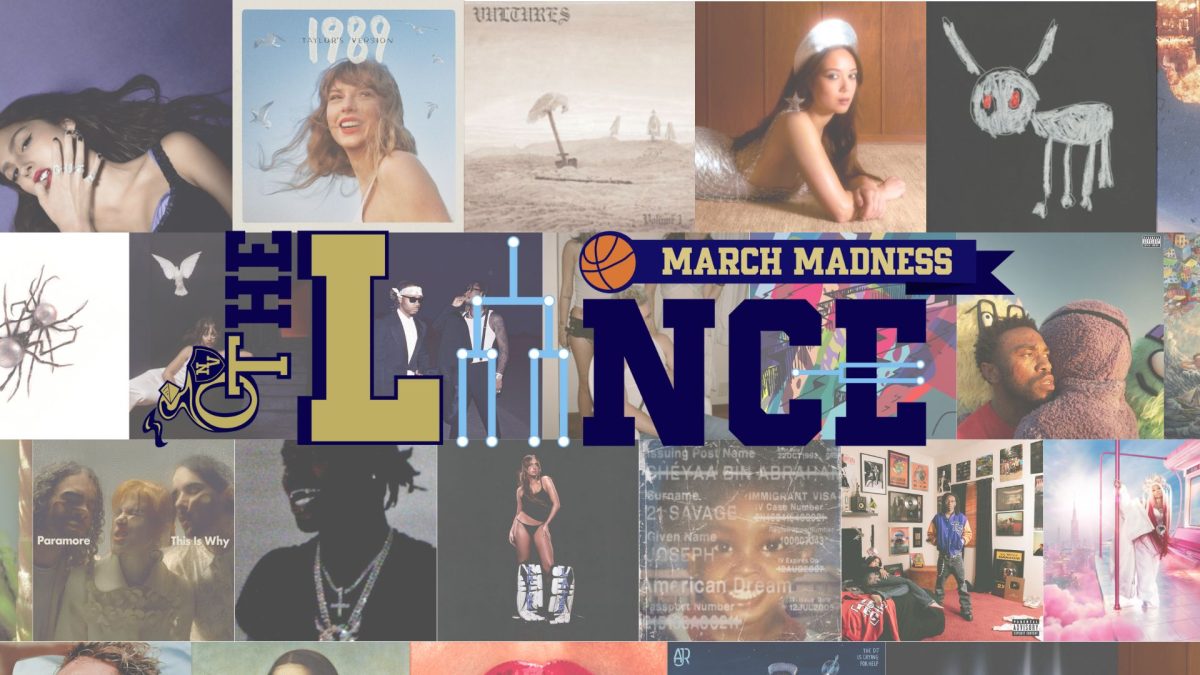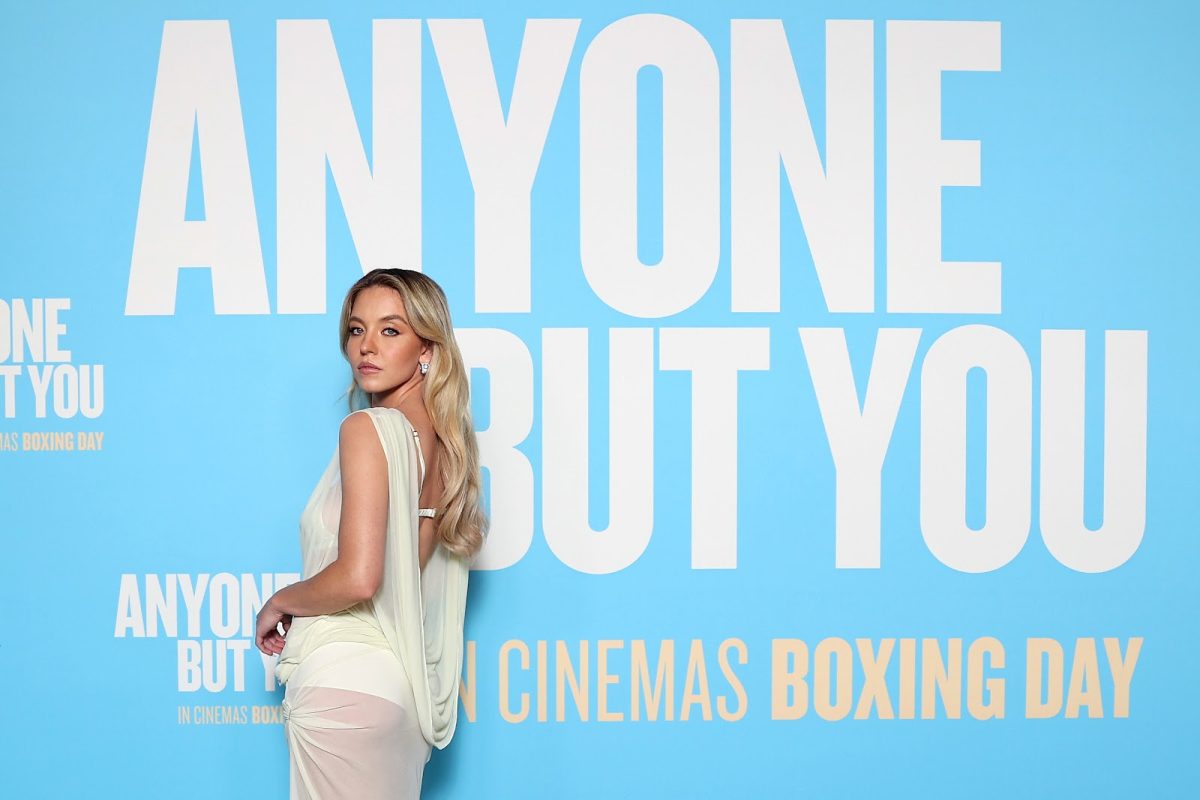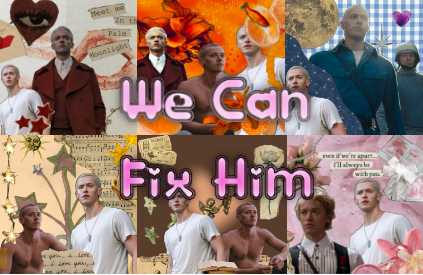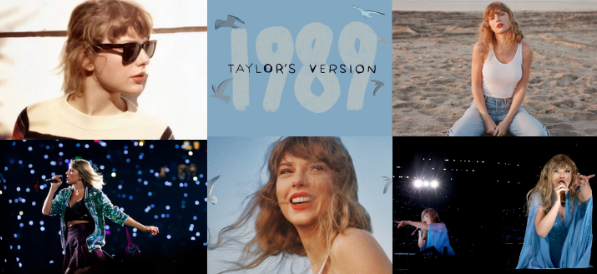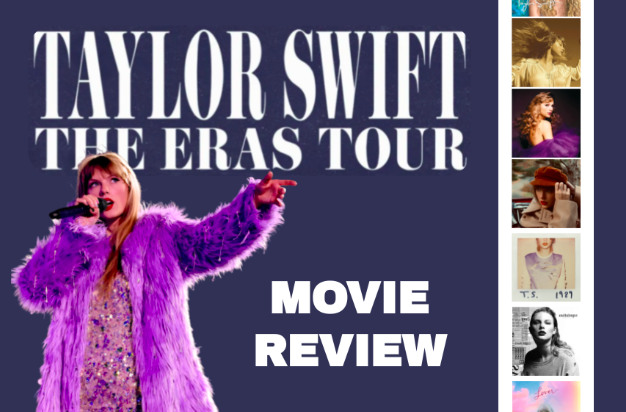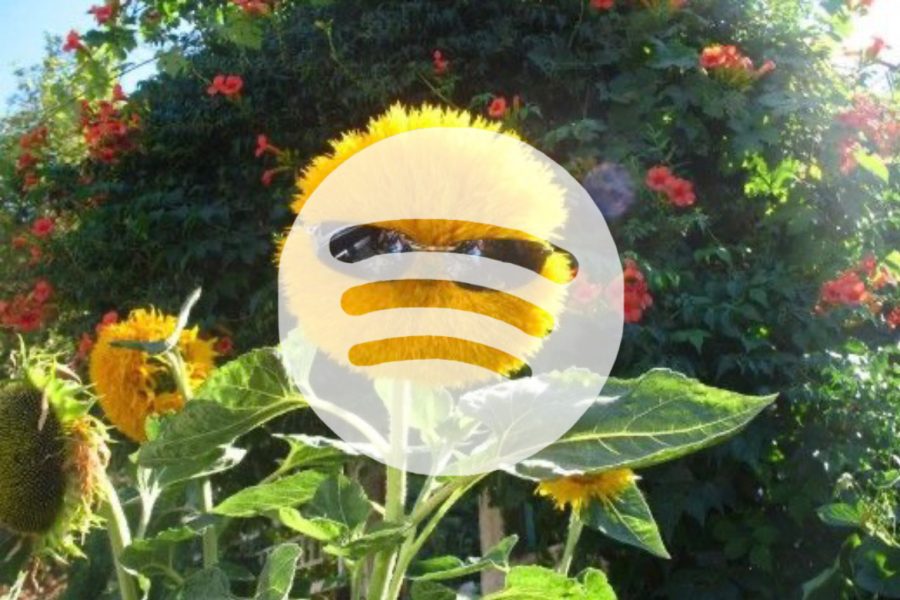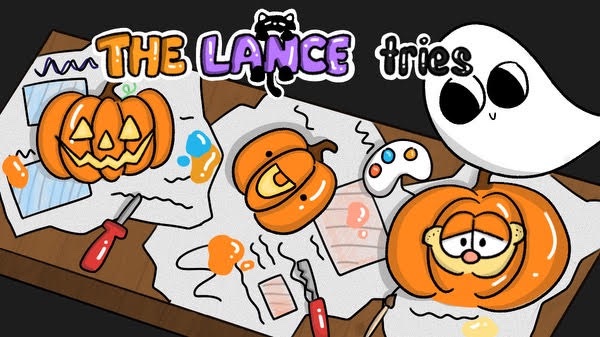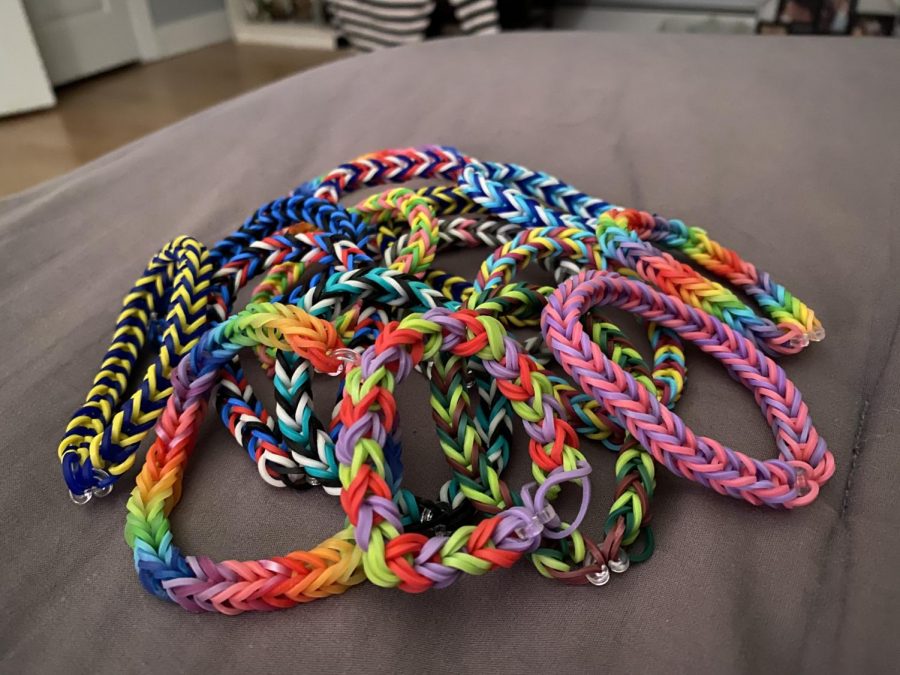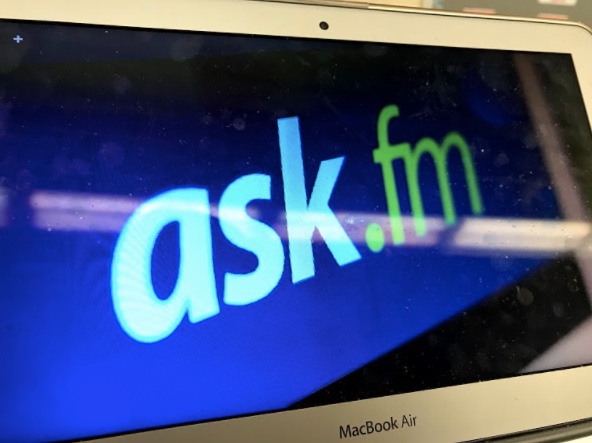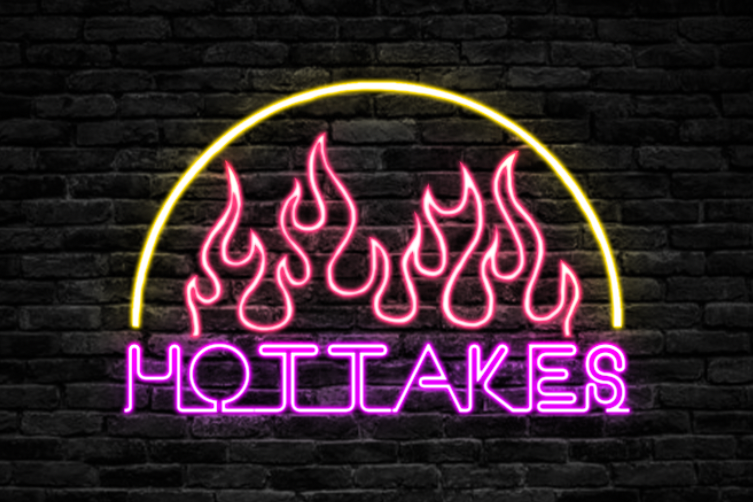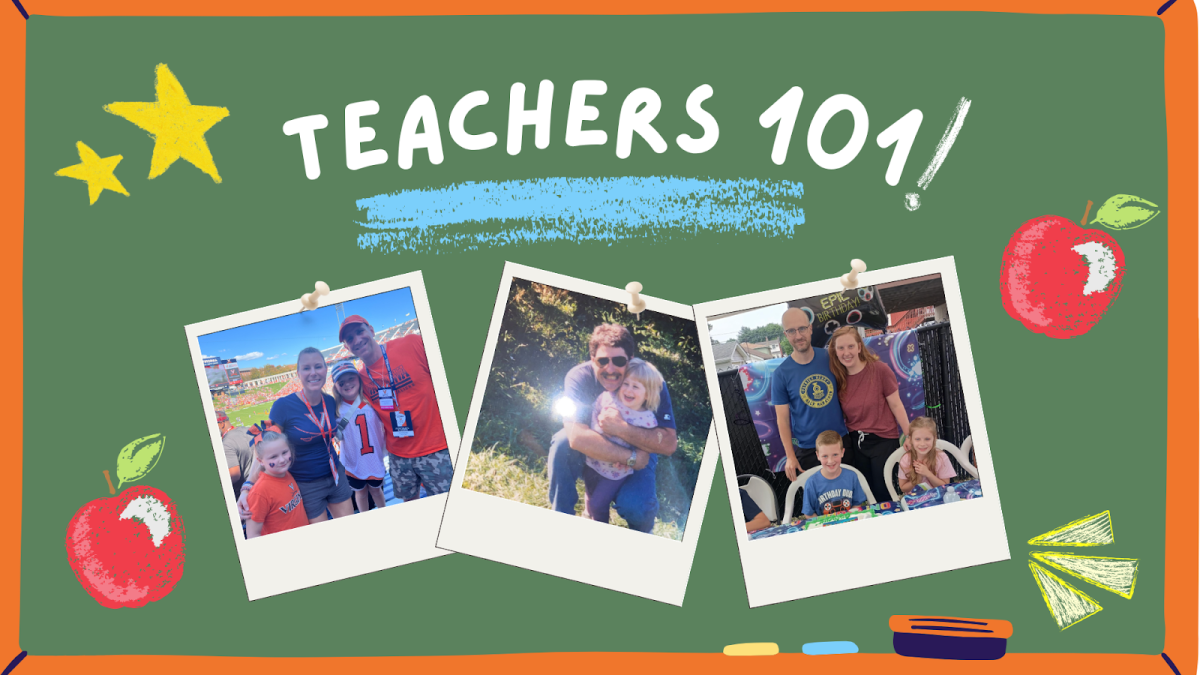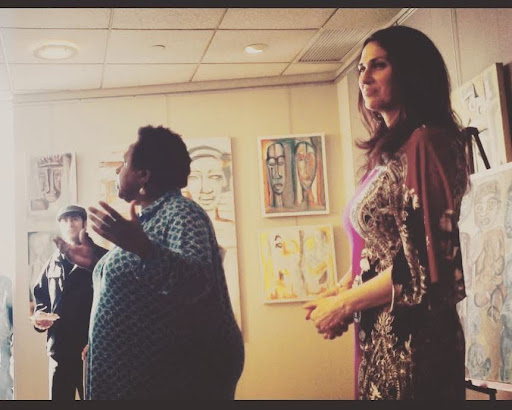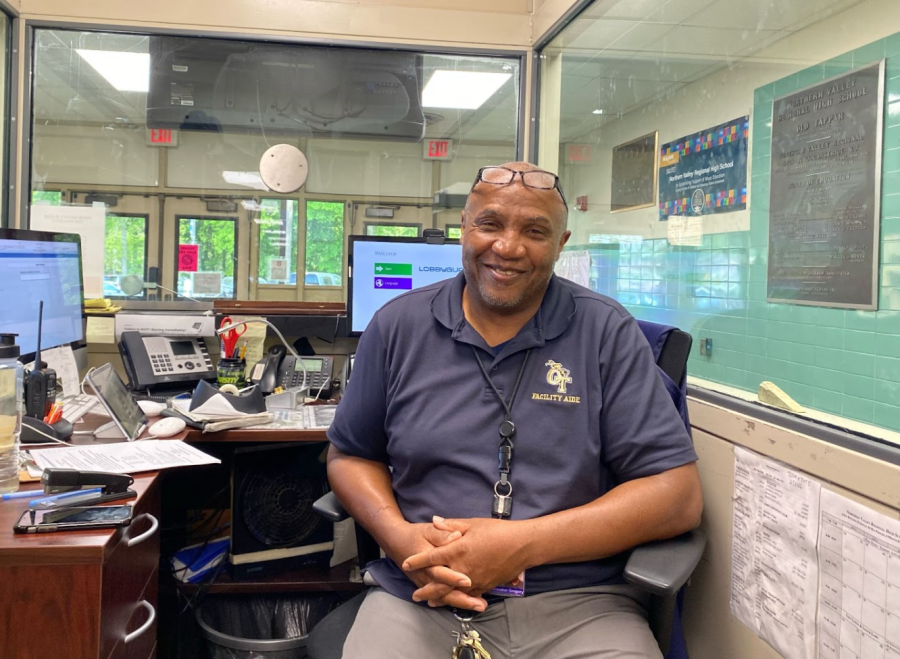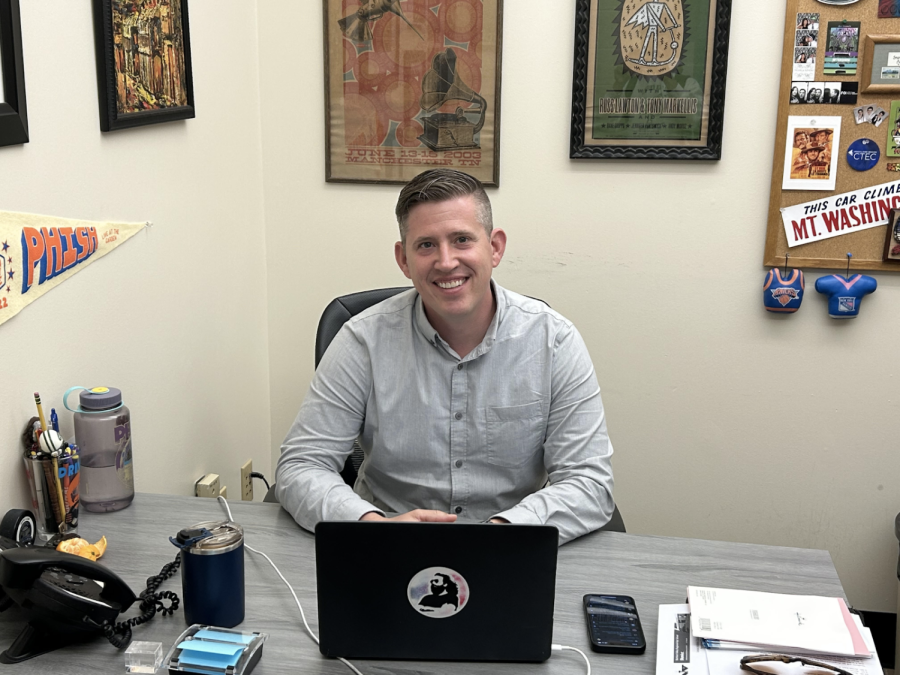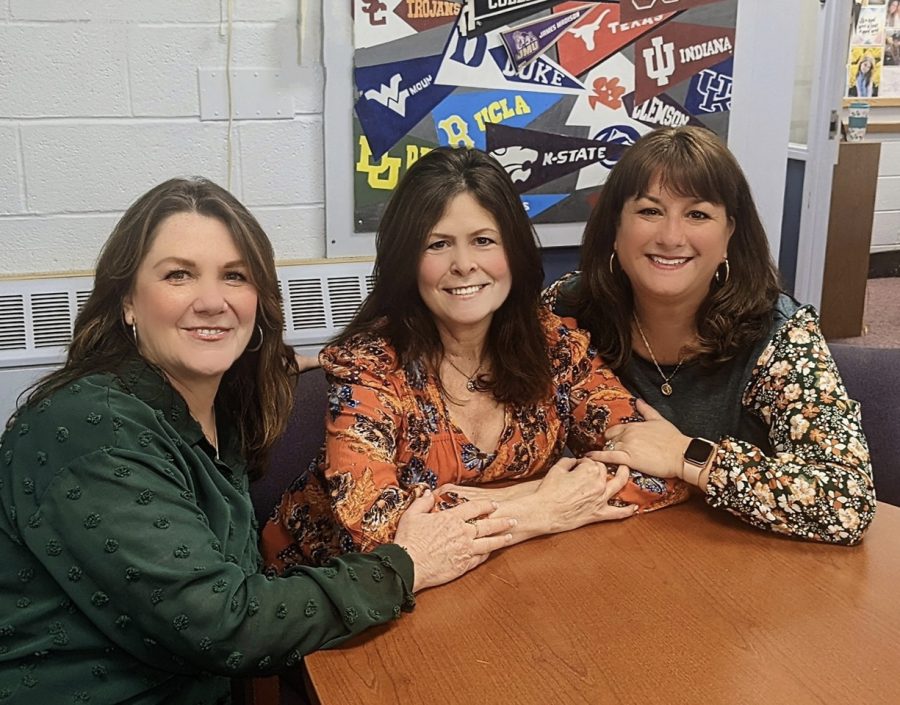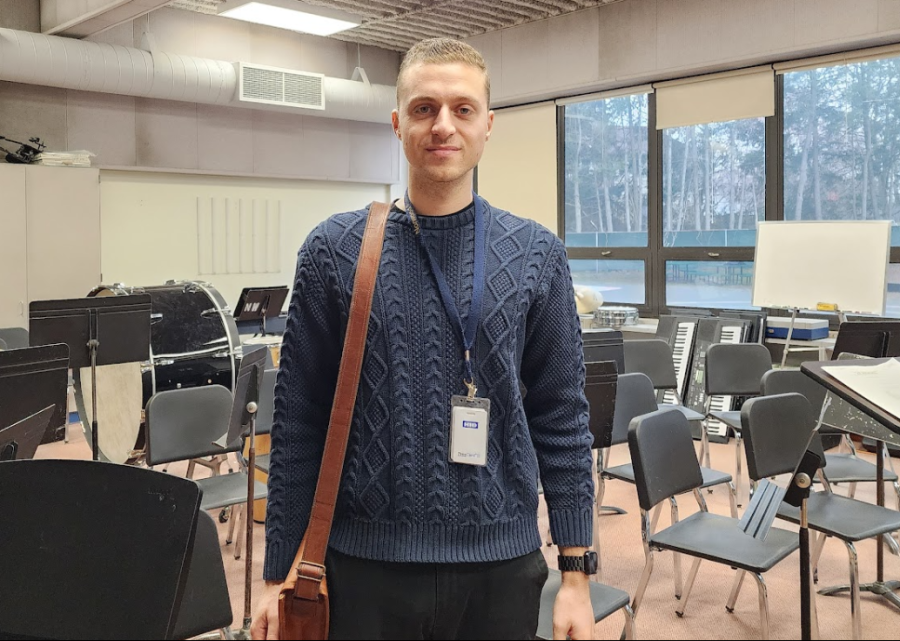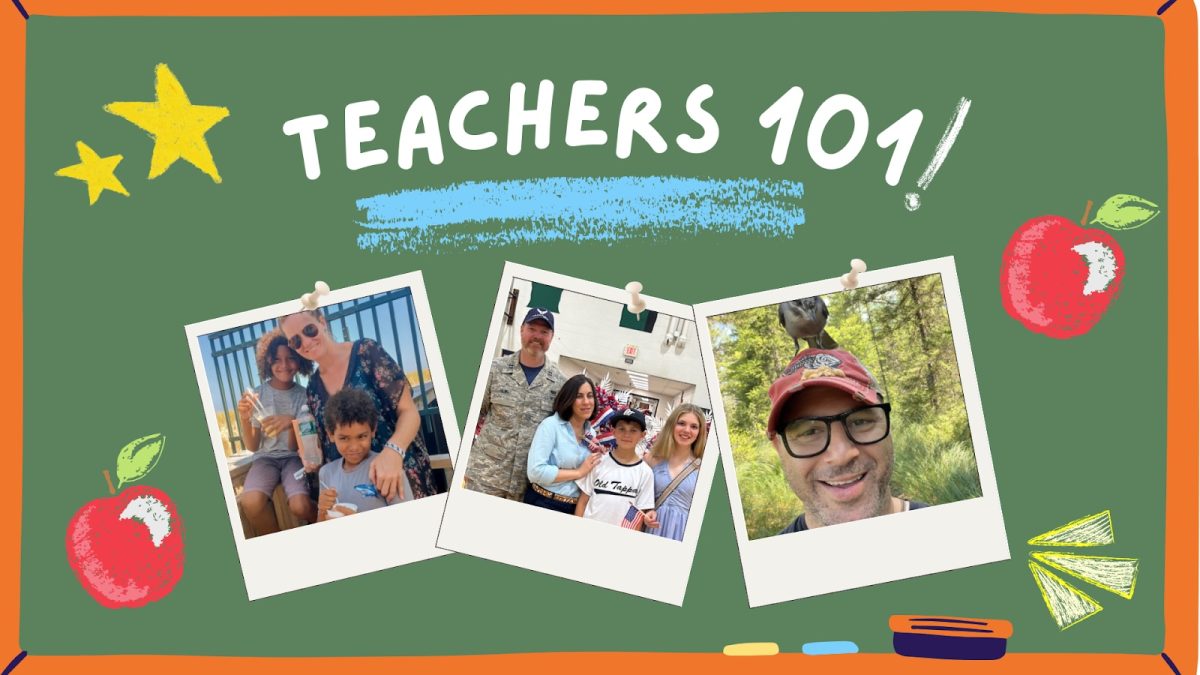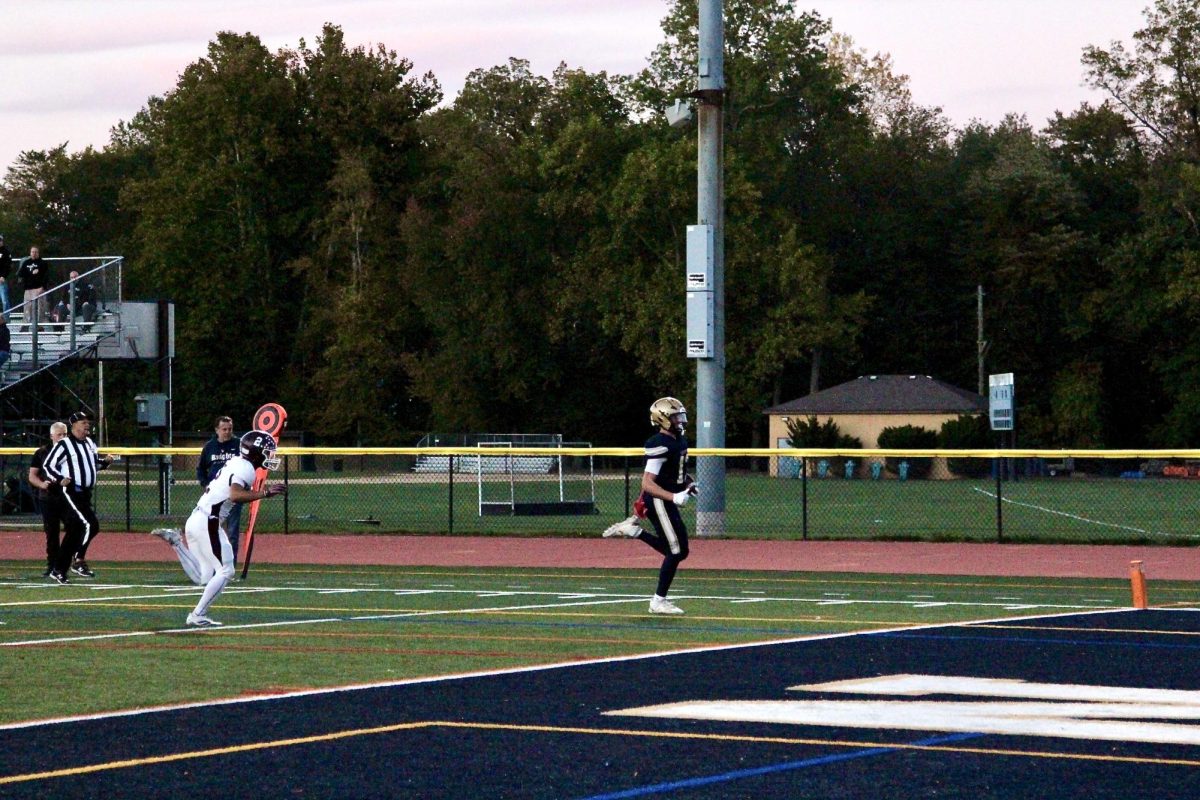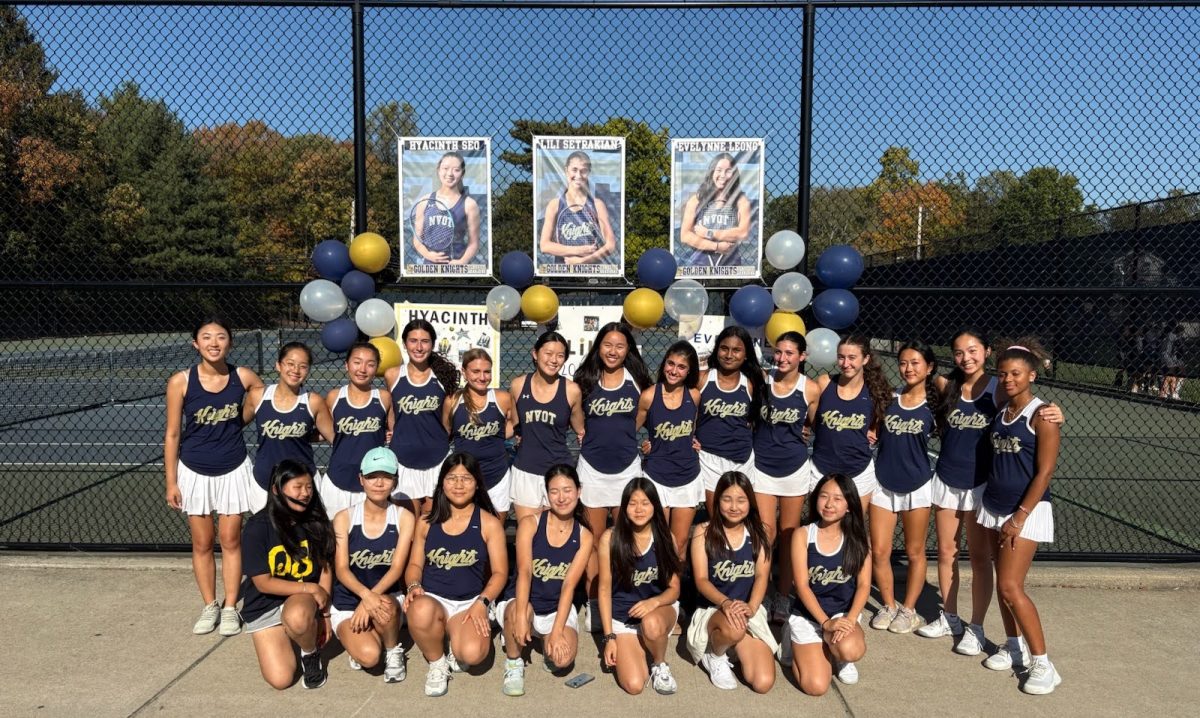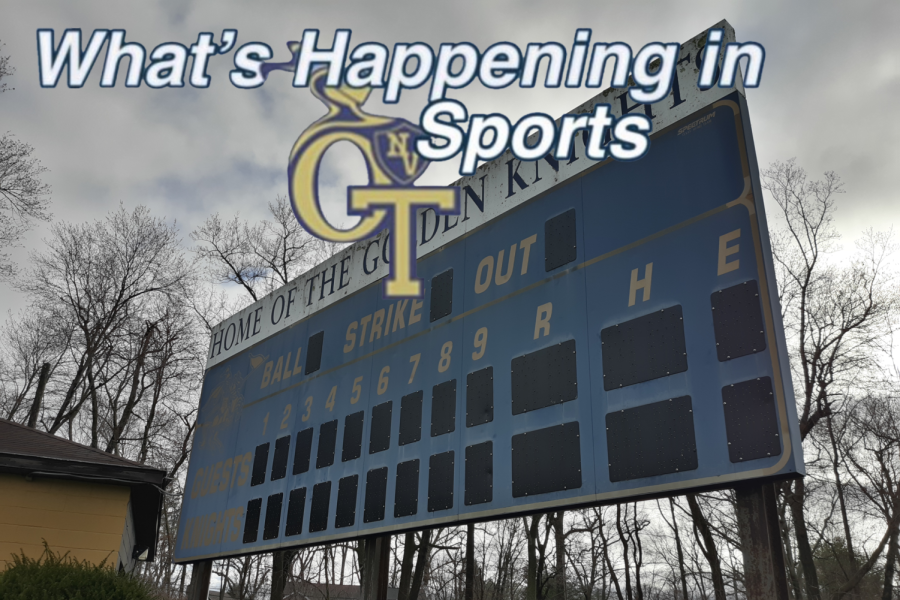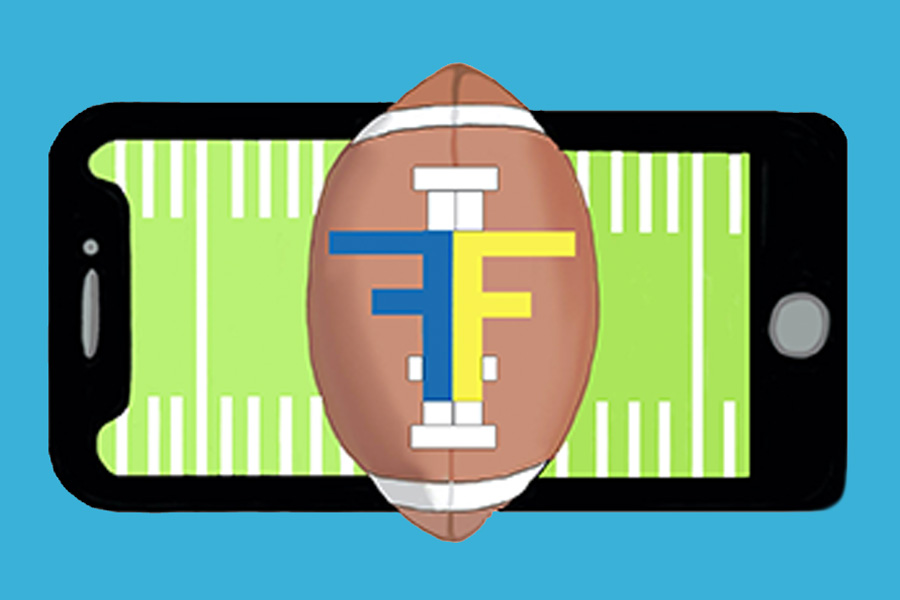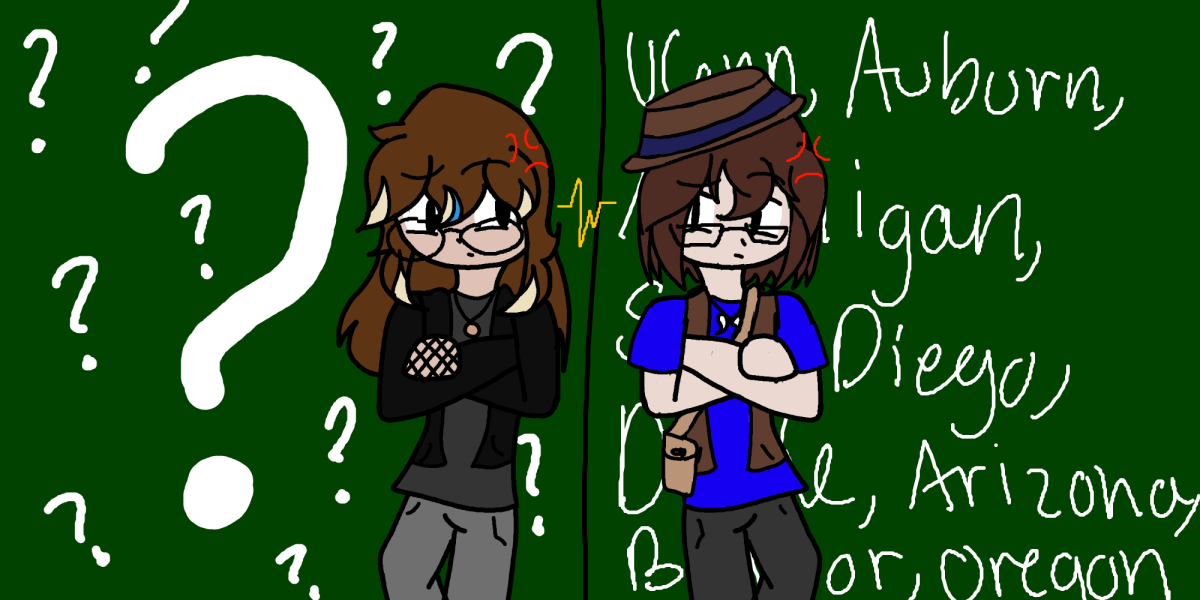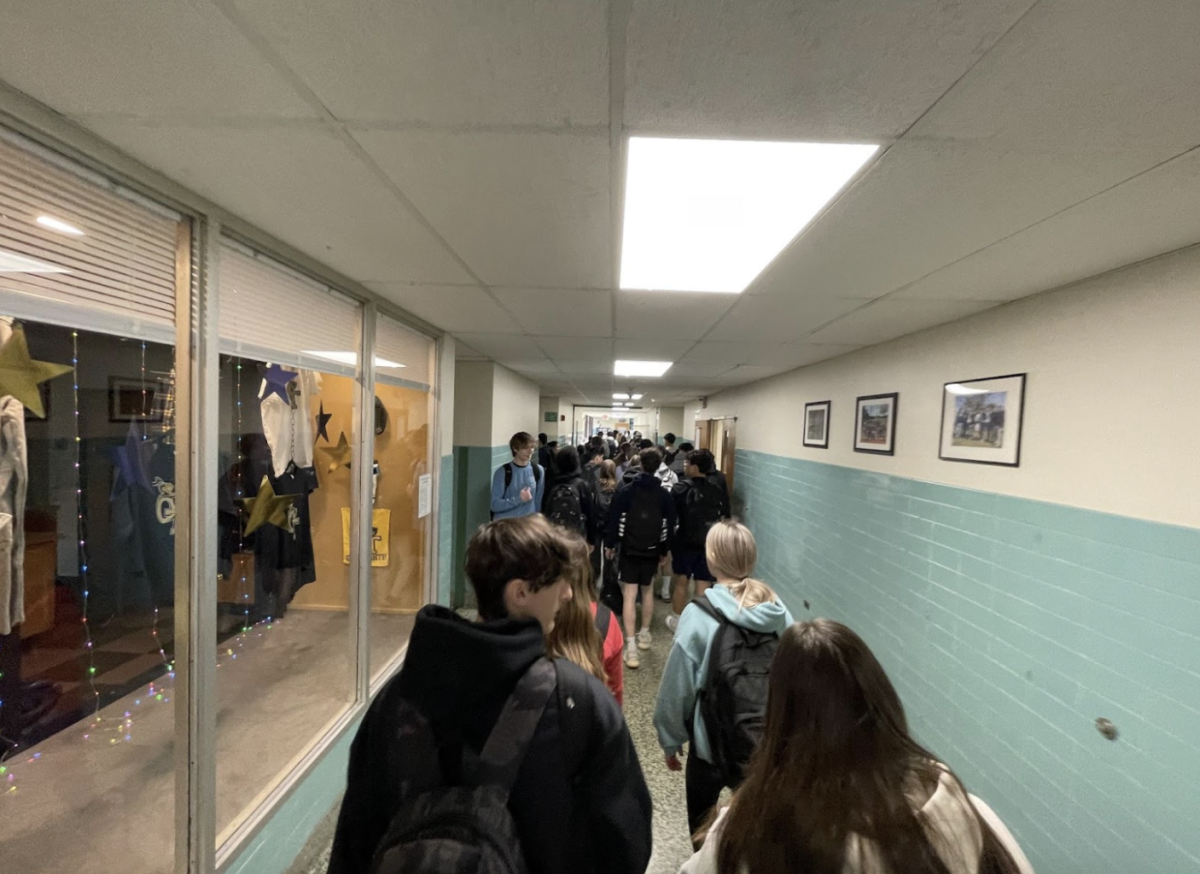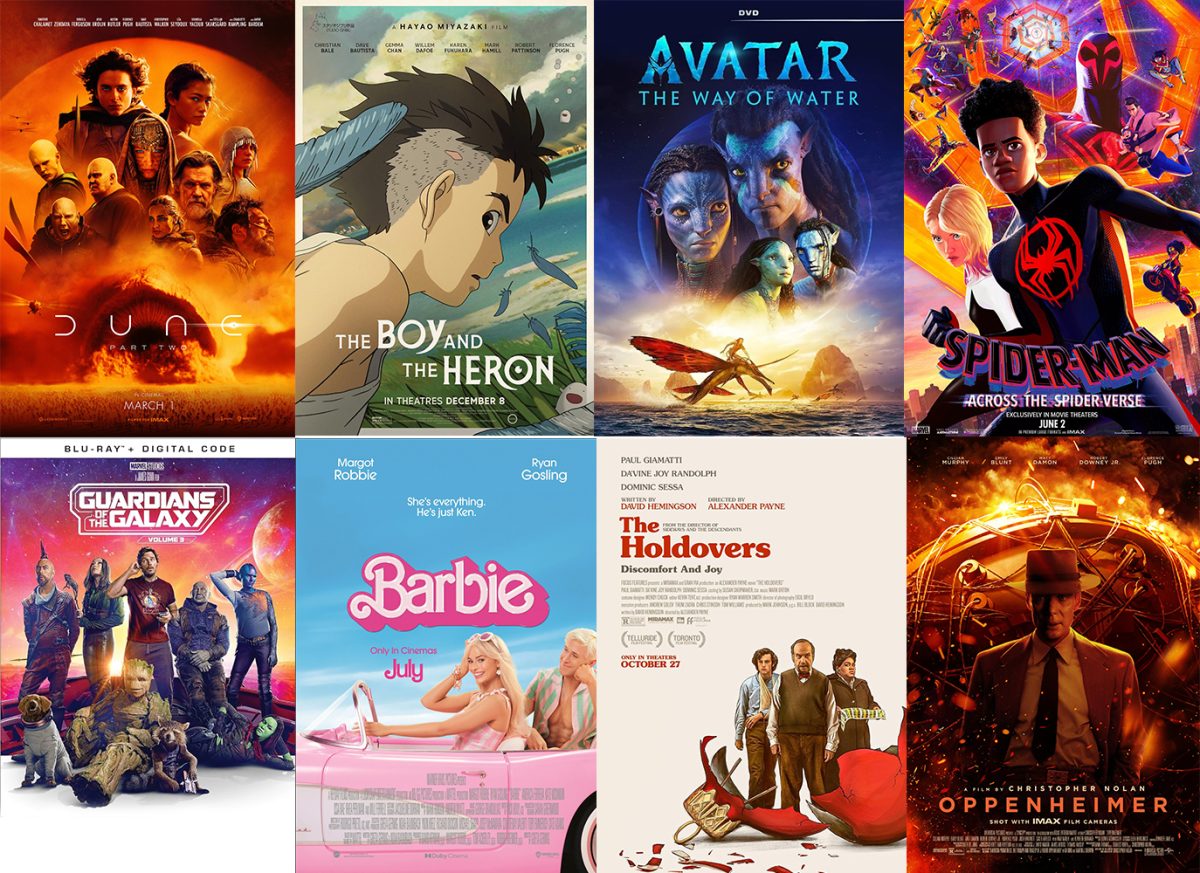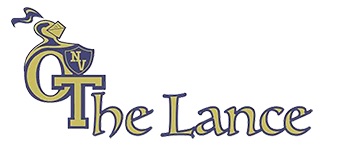You’re scrolling on TikTok when you come across a post: an adorable capybara dancing to Kendrick Lamar’s latest song. You laugh, maybe even share the short video with a few friends, but upon closer inspection, the clip reveals subtle glitches with choppy movement, strange lighting, and glitchy paws, all signature components of artificial intelligence. Another scroll takes you to the viral moment the Titanic was retrieved from the bottom of the ocean. Your jaw drops, and the reel feels unreal. Well, that’s because it is.
In today’s digital age, media literacy is more crucial than ever. Yet more and more students are entering the real world without any knowledge of how to distinguish false from reality. This raises the question: should media literacy be a required course in school?
Personally, I scroll through hundreds, if not thousands, of posts weekly and share many of them with friends. With TikTok as my main source of news, I am suspicious, especially given the recent banning of the platform. News spreads like wildfire on TikTok, but I often find myself struggling to determine whether viral stories are true.
Schools have long prioritized core subjects like math and English, but when the world changes, what we learn should change as well. The ability to successfully navigate the digital world is becoming a skill just as important as adding and subtracting. In fact, according to Media Literacy Now, 84% of adults surveyed think media literacy should be required in more states. Failing to equip students with such skills leaves them prone to deception, especially when these reels are actively attempting to shape public opinion. With the media influencing everything from the snacks we buy to the presidents we elect, it’s imperative that we teach newer generations how to properly harness social media.
But, thanks to journalism, I’ve learned a lot about how to truly separate fact from lie. With lessons about bias in news and how misinformation spreads, this class has helped me find my way through social media. Classes such as journalism where students are taught to interpret social media posts are so important because they prepare us for the real world. Whether media literacy classes get introduced as an elective course students can choose to take or become a required part of the curriculum, students should all have some sort of knowledge taught to them in schools. In my current schedule, for example, introducing a media literacy unit in my history class by looking through the ways people in past and current times have fallen victim to fake news could even suffice.
So next time you scroll past a video of Lebron James hitting the griddy, you’ll know to ask yourself from your media literacy classes: Is this real?
Editors’ Note: The ideas expressed herein are the sole opinions of the writer, not of The Lance as a publication.

